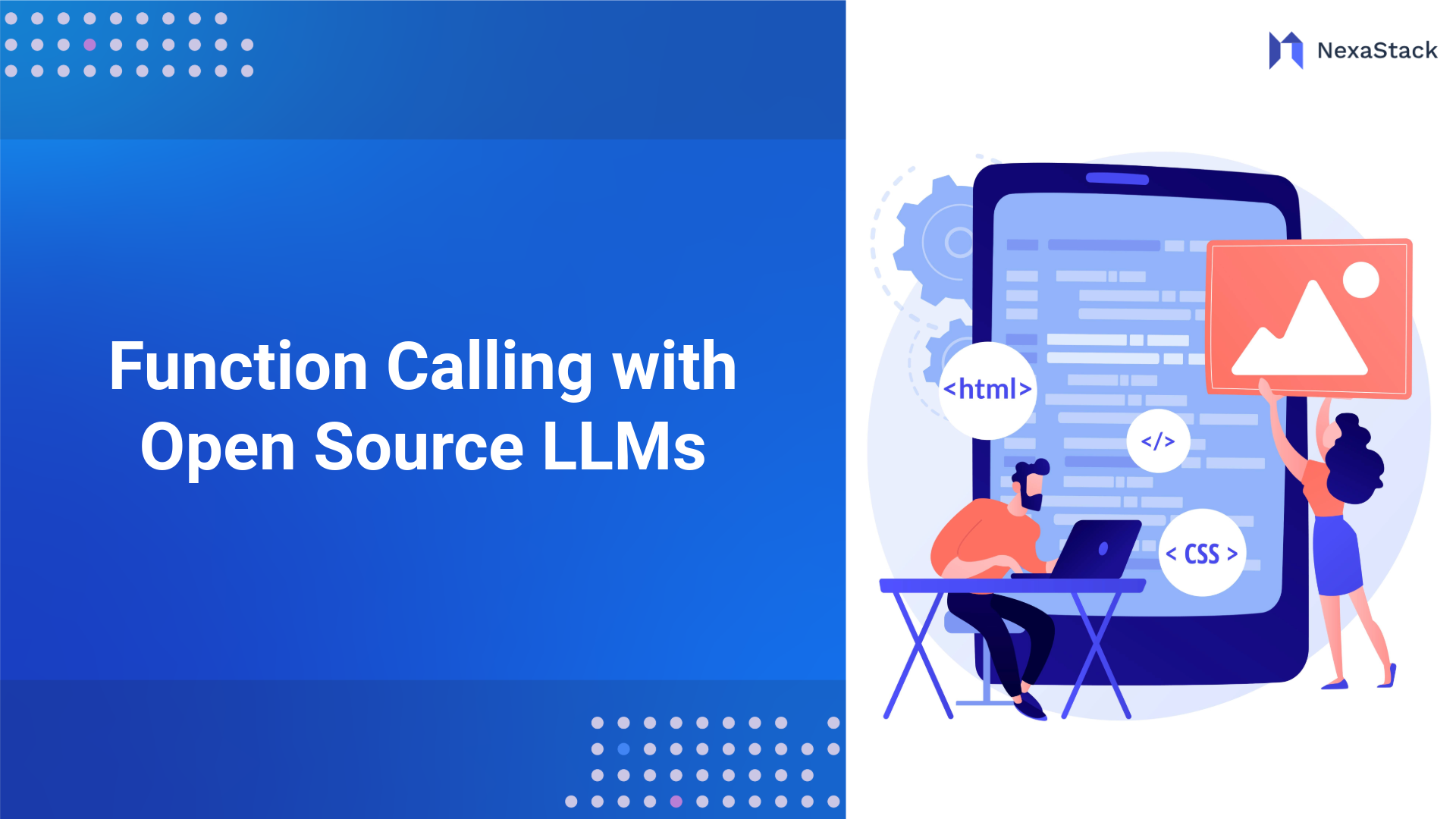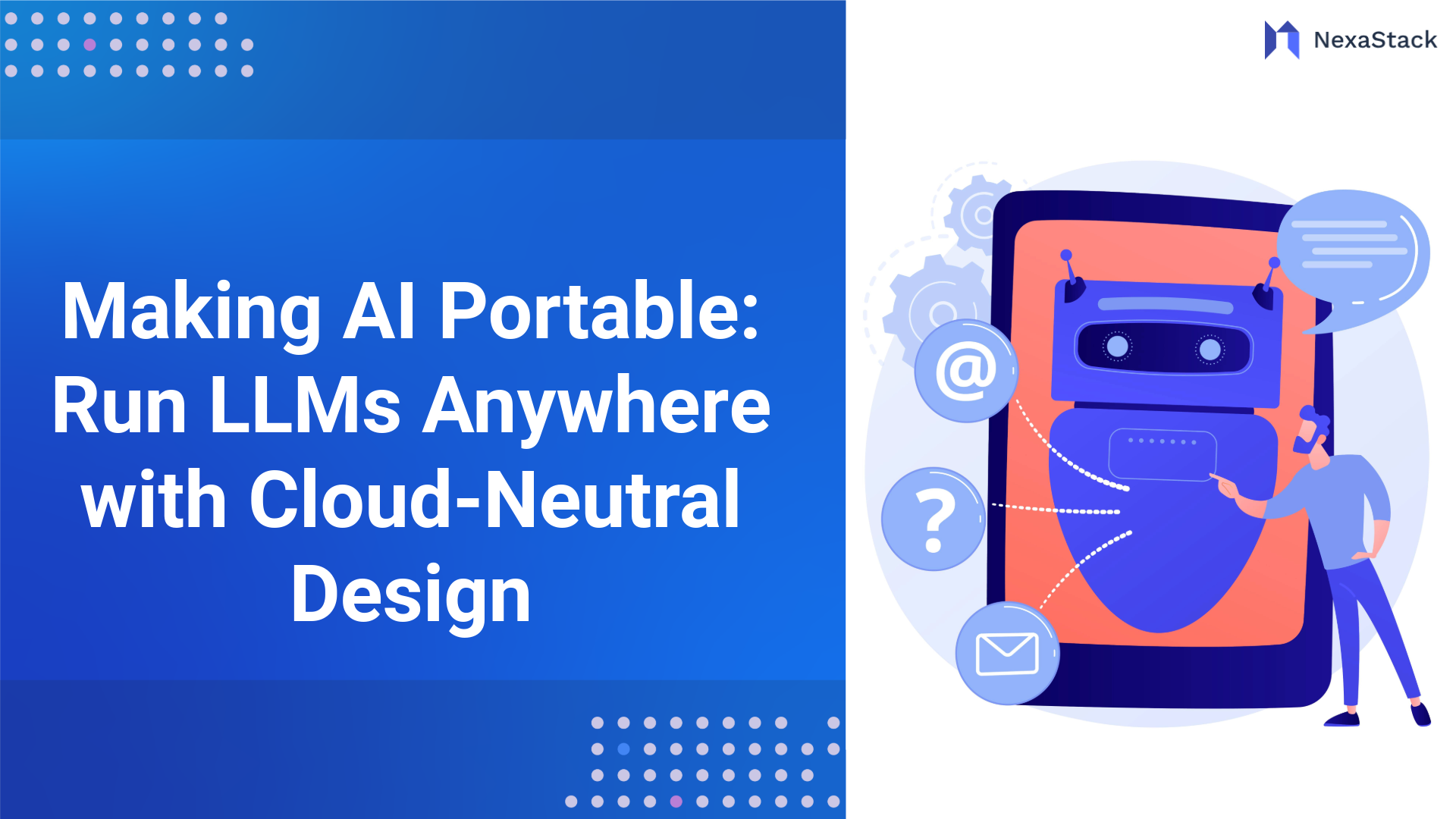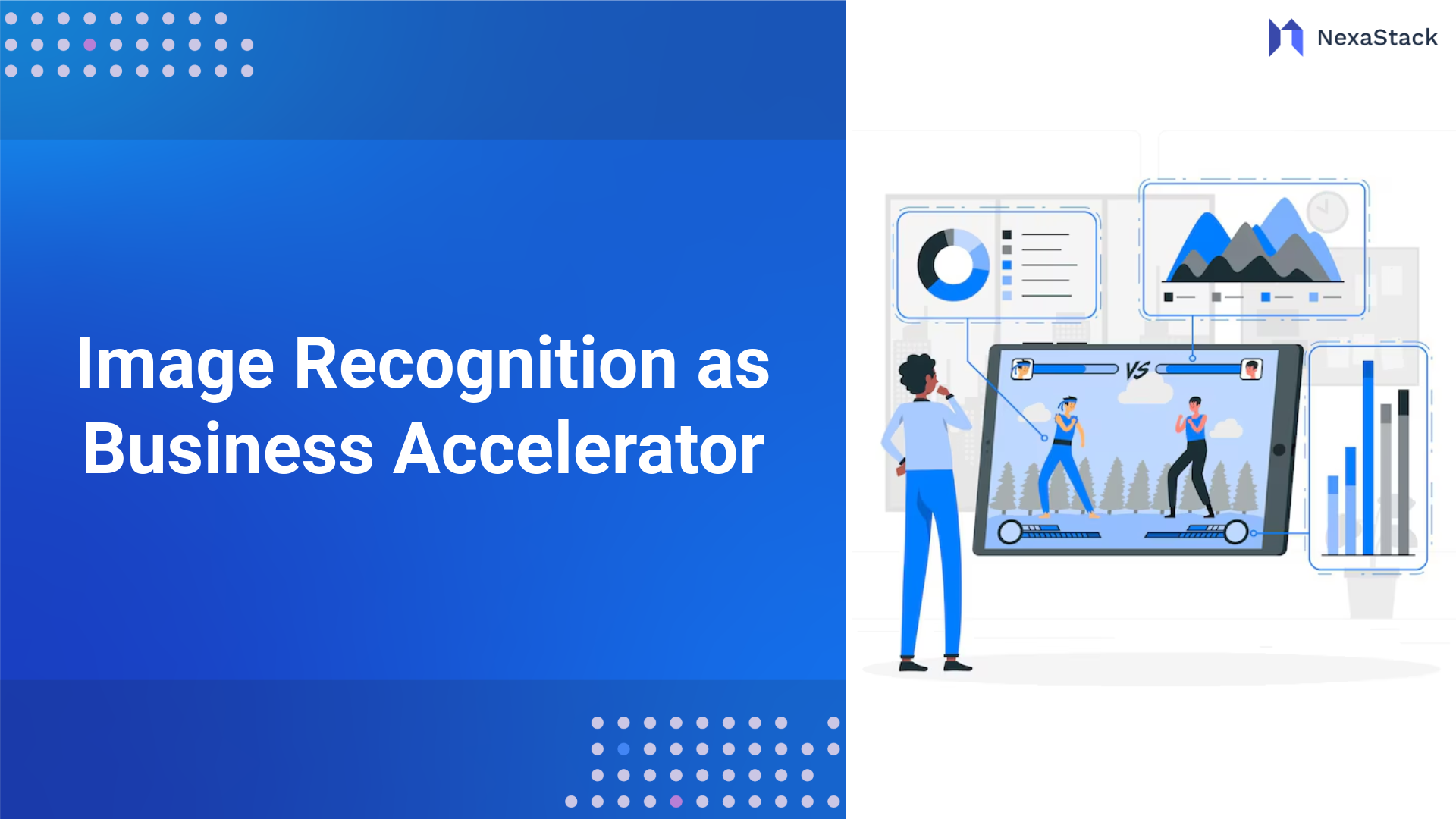AI Compliance Essentials
Compliance with regulations like GDPR, CCPA, or HIPAA is non-negotiable for AI deployments. Failure to comply can result in hefty fines and reputational damage. Technical controls must align with legal requirements to ensure ethical and lawful AI operations.
Compliance Strategies
-
Data Privacy: Use techniques like k-anonymity or differential privacy to anonymise datasets. For example, a healthcare AI analyzing patient records can apply differential privacy to protect individual identities.
-
Explainability: Implement tools like SHAP (Shapley Additive exPlanations) or LIME (Local Interpretable Model-agnostic Explanations) to make AI decisions interpretable. This is critical for industries like finance, where regulators require transparency.
-
Consent Mechanisms: Build user opt-in features into data pipelines. For instance, a marketing AI should only process user data after explicit consent, tracked via a consent management platform.
Automation for Compliance
Automate compliance checks using static analysis tools like SonarQube to scan codebases for privacy violations. For example, SonarQube can flag unencrypted PII in a dataset, prompting developers to address the issue before deployment. Regular audits—quarterly or biannual—ensure ongoing compliance.
Financial Modeling for AI
AI projects require significant investment in computing resources, data storage, and talent. A robust financial model justifies costs and quantifies ROI, ensuring innovation aligns with business objectives.
Financial Modeling Components
-
Cost Breakdown: Include expenses like cloud compute (e.g., AWS EC2 instances), data storage (e.g., S3 buckets), and licensing fees for proprietary tools. For instance, training a large language model might cost $100K in GPU compute.
-
Revenue Impact: Quantify benefits, such as a 20% increase in operational efficiency or $500K in additional sales from an AI recommendation engine. Use historical data to estimate gains accurately.
-
Breakeven Analysis: Calculate the time to ROI based on deployment scale. For example, a $50K investment in an AI-driven customer segmentation tool might yield $200K in upsells within 12 months, achieving breakeven in six months.
Practical Tools
Python libraries like NumPy or Pandas can run financial simulations. For instance, a Monte Carlo simulation can model revenue outcomes under different adoption scenarios. Spreadsheets like Excel or Google Sheets are also practical for smaller projects.
AI Decision Matrix
A decision matrix provides a structured approach to evaluate AI projects, ensuring decisions are data-driven rather than intuition-based.
Decision Matrix Framework
-
Criteria: Evaluate projects based on impact, feasibility, risk, cost, and compliance.
-
Scoring: Assign scores from 1 to 5 for each criterion (e.g., High Impact = 5, High Risk = 2).
-
Weighting: Prioritise criteria based on business goals. For example, a startup might prioritise impact over cost, while a regulated industry might prioritise compliance.
Example: Fraud Detection AI
A fraud detection AI might score 5 for impact (reduces financial losses), 4 for feasibility (proven technology), and 3 for risk (potential false positives). Weighting impact at 40%, feasibility at 30%, and risk at 30% yields a total score to guide the go/no-go decision.
Conclusion: Control-Innovation Harmony
Achieving the balance between control and innovation in AI deployment requires a structured yet flexible approach. Governance frameworks provide the foundation, while risk management and compliance systems ensure safety and legality. Financial modeling and decision matrices align AI initiatives with business goals, ensuring sustainable innovation. By integrating these strategies, organizations can deploy AI systems that drive value while adhering to ethical and operational boundaries. Developers and leaders must tailor these methods to their specific contexts, building AI solutions that are both transformative and trustworthy. This framework empowers organizations to navigate the complexities of AI, delivering impactful solutions that shape industries and improve lives.
 Figure 1:
Figure 1:  Figure 2:
Figure 2: 




